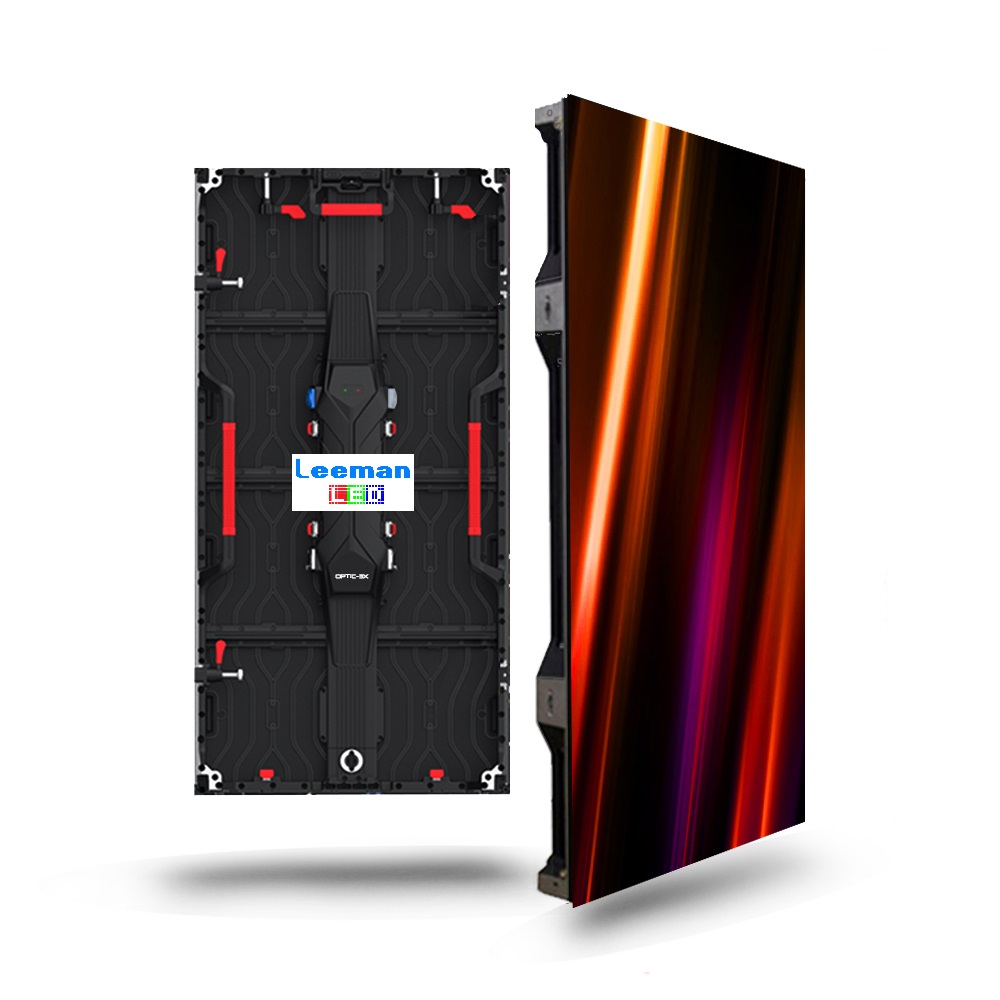Investigating the Durability of LED Wall Screens in Comparison to Conventional Screen Technologies
Investigating the Durability of LED Wall Screens in Comparison to Conventional Screen Technologies
Blog Article
LED wall panels have grown increasingly popular in current times, especially in settings like educational institutions, businesses, and community areas. These panels use LED diodes (LEDs) to create bright and lively images. One of the most significant benefits of LED technology is its longevity in contrast to traditional screen methods, such as cathode tube monitors (CRTs) and liquid display displays. Grasping the differences in lifespan and performance between these technologies can help buyers make informed choices about their screen needs.
Traditional screen technologies, like CRTs, have been present for numerous years. They were commonly used in TVs and PC screens. However, CRTs have a shorter duration, typically lasting around 10,000 to 20,000 hrs of use. This means that after a few of years, users may notice a deterioration in image clarity, such as dimming or color deformation. In comparison, LED wall panels can last considerably longer, often exceeding 50,000 hours. This prolonged duration means that users can experience reliable performance without the requirement for regular substitutions.
Another crucial factor to consider is power efficiency. LED wall screens consume less energy than traditional screens, which not only benefits the environment but also reduces power costs. For instance, while a CRT monitor may consume approximately 100 W of power, an LED screen can use as few as 30 to 50 W. This difference in energy usage contributes to the overall durability of LED technology, as reduced power consumption generates minimal heat. Excess thermal energy can damage electronic parts, resulting to a shorter lifespan for conventional displays.
In furthermore to their extended duration and power efficiency, LED panel screens also offer superior visual clarity. They offer brighter hues and improved differentiation, making them ideal for multiple applications, from marketing to learning presentations. The technology behind LED screens enables for a wider viewing angle, meaning that visuals stay sharp and vibrant even when viewed from the side. This is a significant benefit over traditional displays, which frequently experience from color distortion and diminished luminosity at broader perspectives.
In conclusion, the longevity of LED wall screens in contrast to traditional display technologies is a crucial aspect for buyers to consider. With durations that can surpass find more information 50,000 hours, energy efficiency, and superior image quality, LED technology provides many advantages. As innovation continues to progress, LED wall panels are likely to become even more common in multiple environments. Grasping these distinctions can assist people and organizations make improved choices when investing in display technology, ensuring they get the optimal worth for their needs.